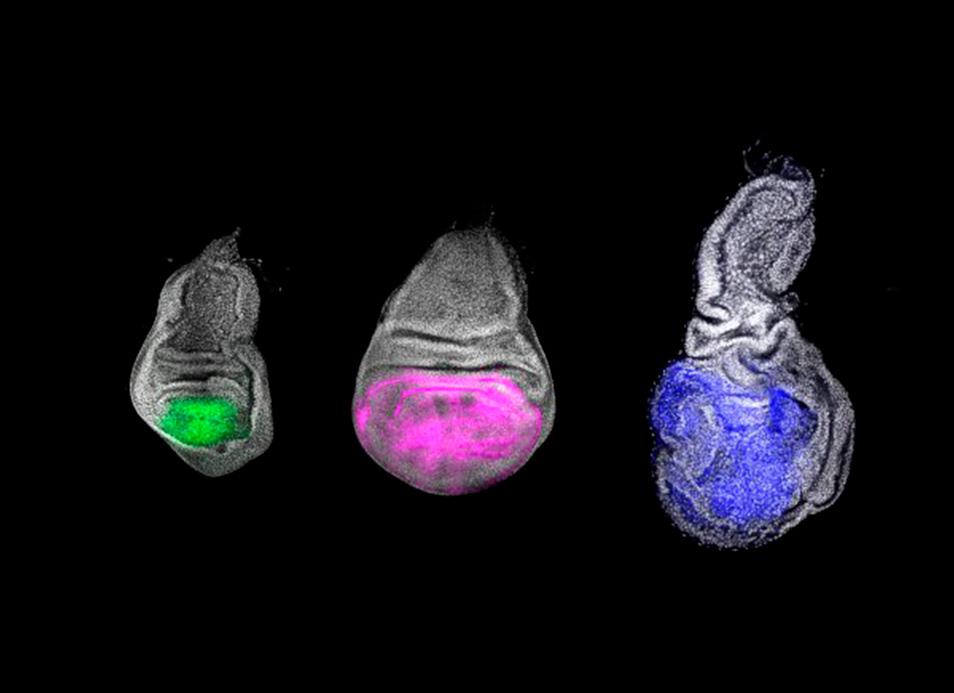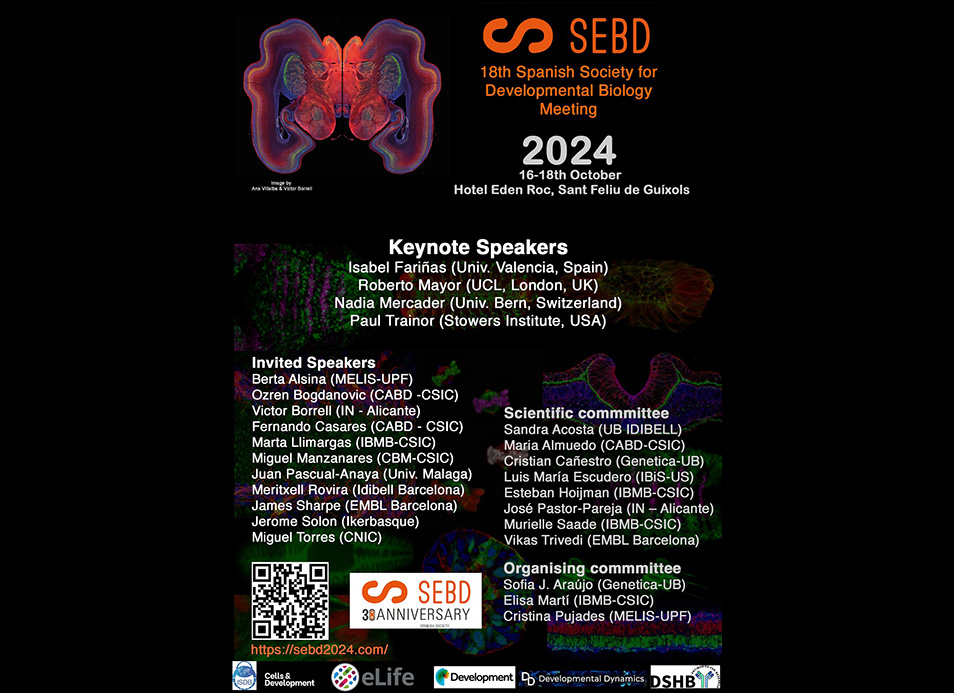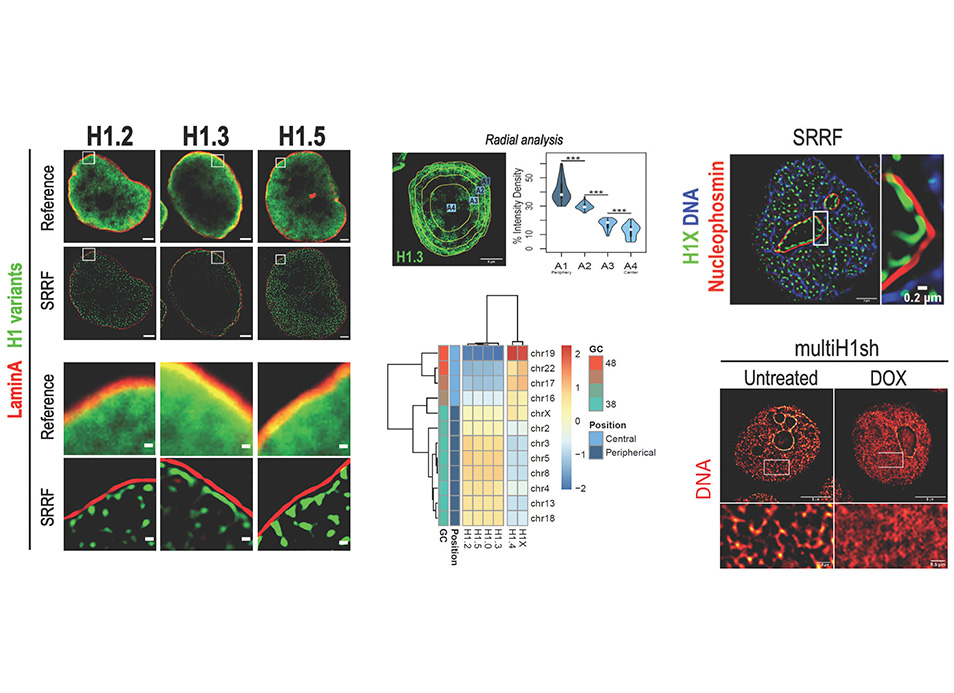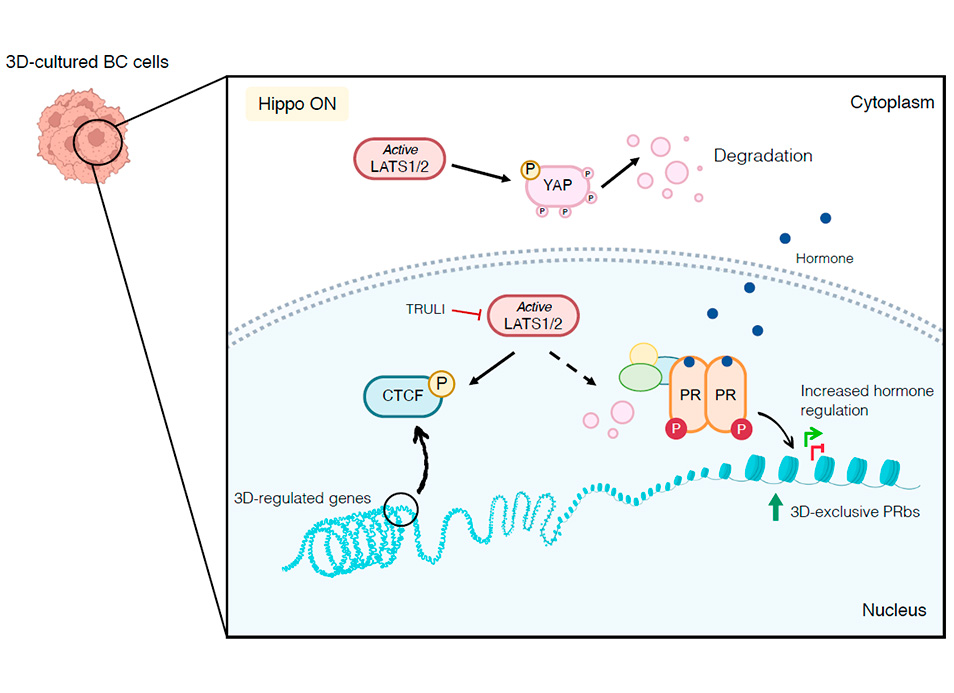The Spanish Society for Developmental Biology (SEBD) is proud to announce the 18th meeting of…
Chinmo, the “youth gene”
The study performed by groups of the IBE (CSIC-UPF) and the IBMB (CSIC) has revealed that the chinmo gene is responsible for establishing the juvenile stage in insects and confirms that the Br-C and E93 genes play a regulatory role in insect maturity. These genes, which are also present in humans, act as a promoter and as a suppressor, respectively, of cancerous processes.
Abstract
During development, the growing organism transits through a series of temporally regulated morphological stages to generate the adult form. In humans, for example, development progresses from childhood through puberty to adulthood. Similarly, in holometabolous insects such as Drosophila, immature larvae transit to the adult through an intermediate pupal stage when larval tissues are eliminated and the adult progenitor cells form the adult structures. The identity of the larval, pupal, and adult stages depends on the sequential expression of the transcription factors Chinmo, Br-C, and E93. However, how these transcription factors determine temporal identity in developing tissues is poorly understood. This study by one group of the IBE and one from the IBMB and the IRB Barcelona, reports on the role of the larval specifier Chinmo in larval and adult progenitor cells. Interestingly, Chinmo promotes growth in larval and imaginal tissues in a Br-C-independent and -dependent manner, respectively. In addition, it reveals that the function of Chinmo as a juvenile specifier is conserved in hemimetabolous insects as its homolog has a similar role in Blatella germanica. Finally, the study shows that these genes, which are also present in humans, act as promoters (Chinmo) and suppressors (Br-C and E93) of tumorous processes.
Reference:
Antagonistic role of the BTB-zinc finger transcription factors chinmo and broad-complex in the juvenile/pupal transition and in growth control. Sílvia Chafino, Panagiotis Giannios, Jordi Casanova, David Martin & Xavier Franch-Marro. eLife 2023, doi.org/10.7554/eLife.84648




